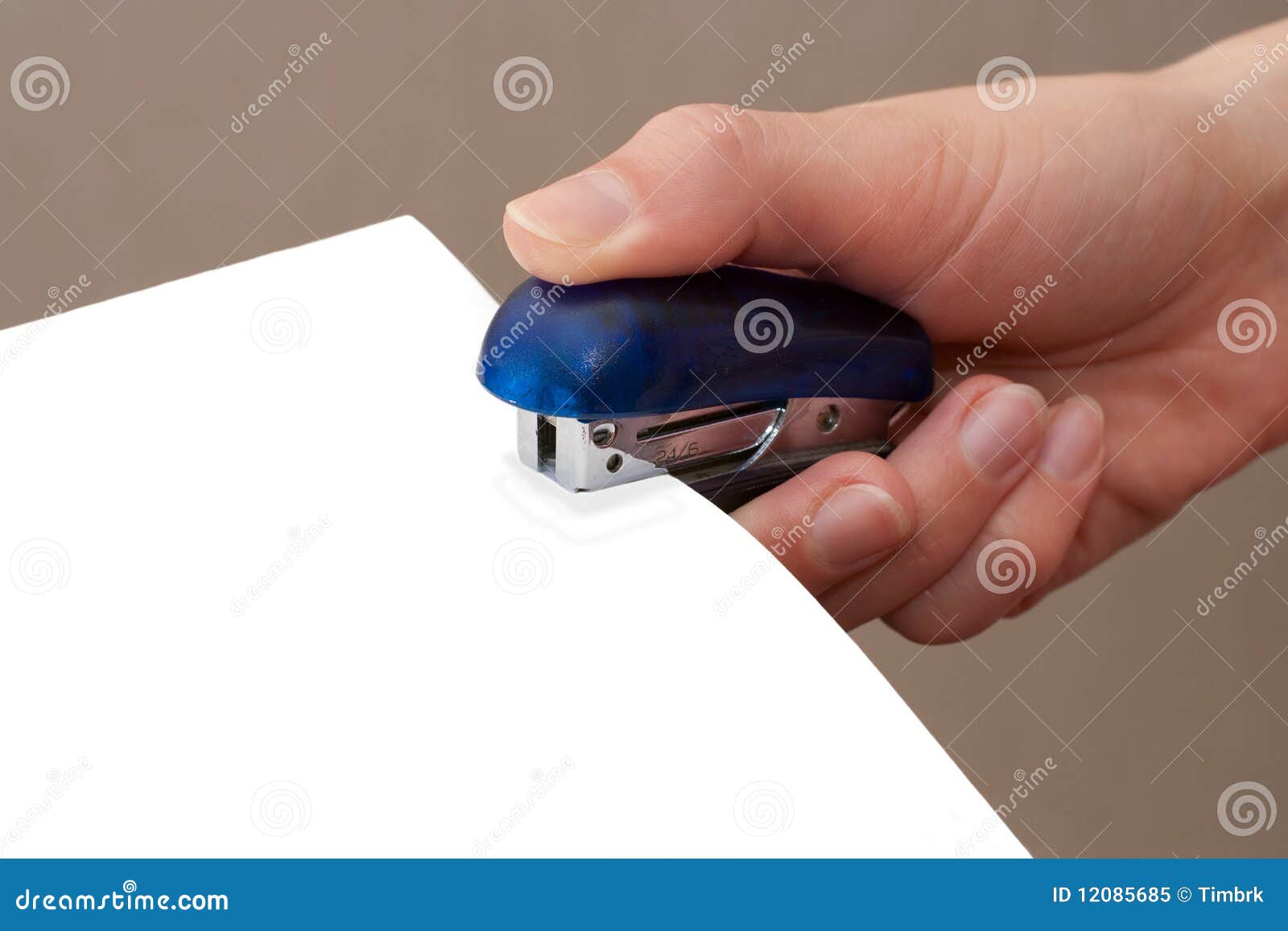
#Stapled finger skin
If a puncture wound becomes infected, it will usually drain better and heal faster if it is not closed with stitches, staples, or skin adhesive. Closing a puncture wound with stitches, staples, or skin adhesive may seal bacteria into it, which increases the risk of infection. The wounds tend to be deeper, narrower, and harder to clean. The wounds tend to be smaller, and treatment does not speed healing or reduce scarring. Shallow wounds less than 6.5 mm (0.25 in.) deep and less than 20 mm (0.75 in.) long. Wounds with smooth edges that stay together during normal movement of the affected body part. 
Treatment by a doctor may not be needed for: The types of wounds listed above usually need an evaluation by a doctor but may not always need to be closed by a doctor.
Wounds that continue to bleed after 15 minutes of direct pressure. Wounds longer than 20 mm (0.75 in.) that are deeper than 6.5 mm (0.25 in.). Wounds on the eyelids often need treatment for both functional and cosmetic reasons. Wounds on the face, lips, or any area where you are worried about scarring (for cosmetic reasons). Deep wounds over a joint, especially if the wound opens when the joint is moved or if pulling the edges of the wound apart shows fat, muscle, bone, or joint structures. Deep wounds that go down to the fat, muscle, bone, or other deep structures. Wounds that are more than 6.5 mm (0.25 in.) deep, that have jagged edges, or that gape open. Discover short videos related to stapled finger prank brent on TikTok. Treatment by a doctor is more likely to be needed for: A facial wound may be treated to reduce scarring. A cut with a clean object, such as a clean kitchen knife, may be treated from 12 to 24 hours after the injury depending on the location of the cut. Occasionally a wound that has an increased risk of infection will not be closed until after 24 hours, or may not be stitched at all, so that adequate cleaning and antibiotic treatment can be done initially to prevent infection. Wounds that have an increased risk of infection, such as dirty cuts or crush injuries, are usually closed within 6 hours after the injury. The location and type of wound also affects how soon it should be treated. 

If treatment may be needed, do not use an antiseptic until after a doctor has examined the wound. If the edges of the wound come together and it looks better, you may want to consider seeing your doctor for treatment. Wash the wound well and stop the bleeding, then pinch the sides of the wound together. Some wounds that require treatment can be closed as long as 24 hours after the injury. Most wounds that require closure should be stitched, stapled, or closed with skin adhesives (also called liquid stitches) within 6 to 8 hours after the injury. Your risk of infection increases the longer the wound remains open. It is important to determine if your wound needs to be closed by a doctor.







 0 kommentar(er)
0 kommentar(er)
